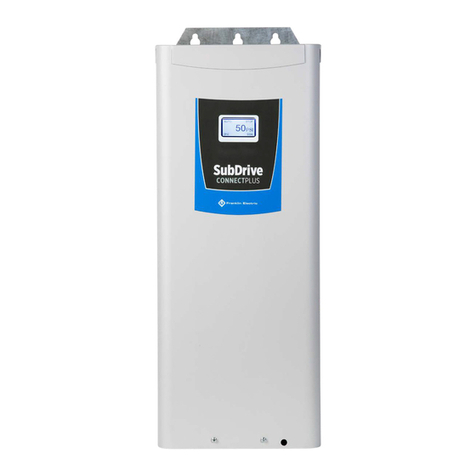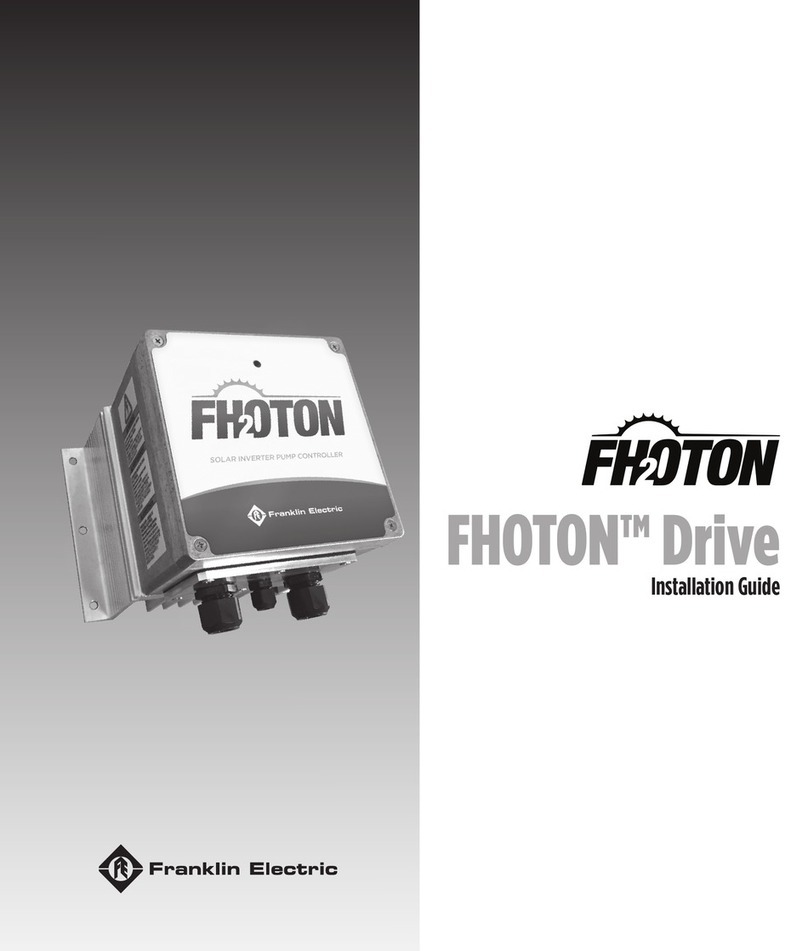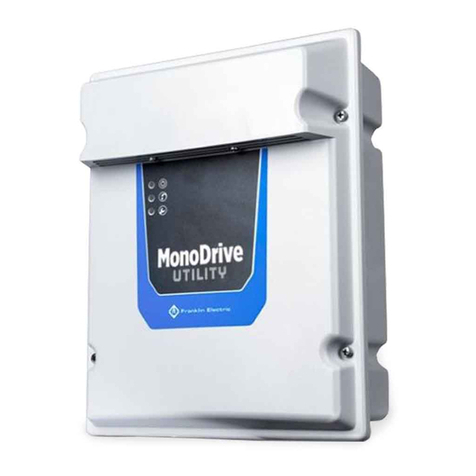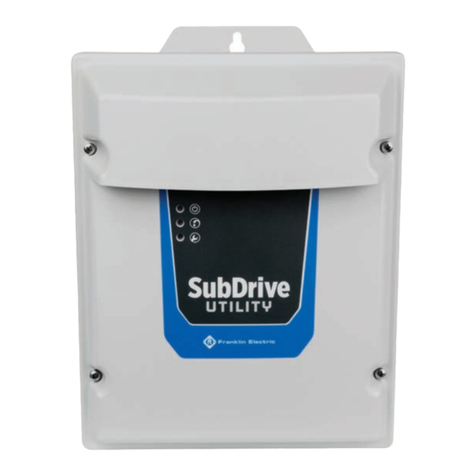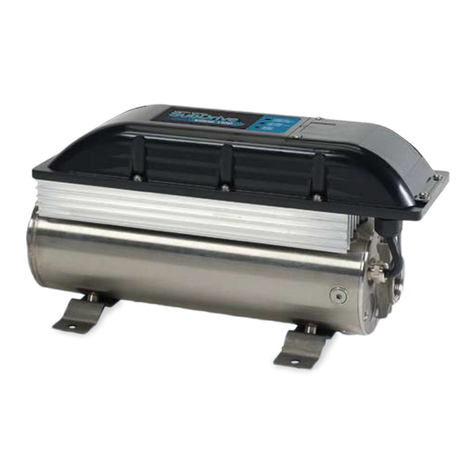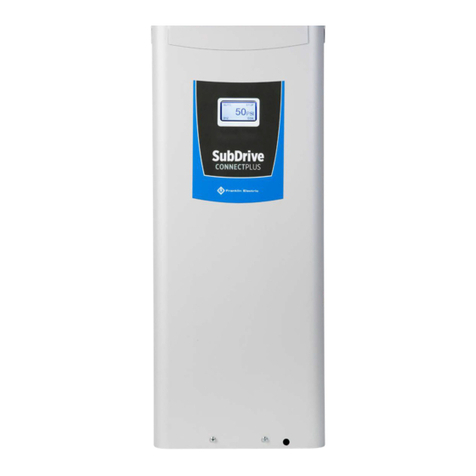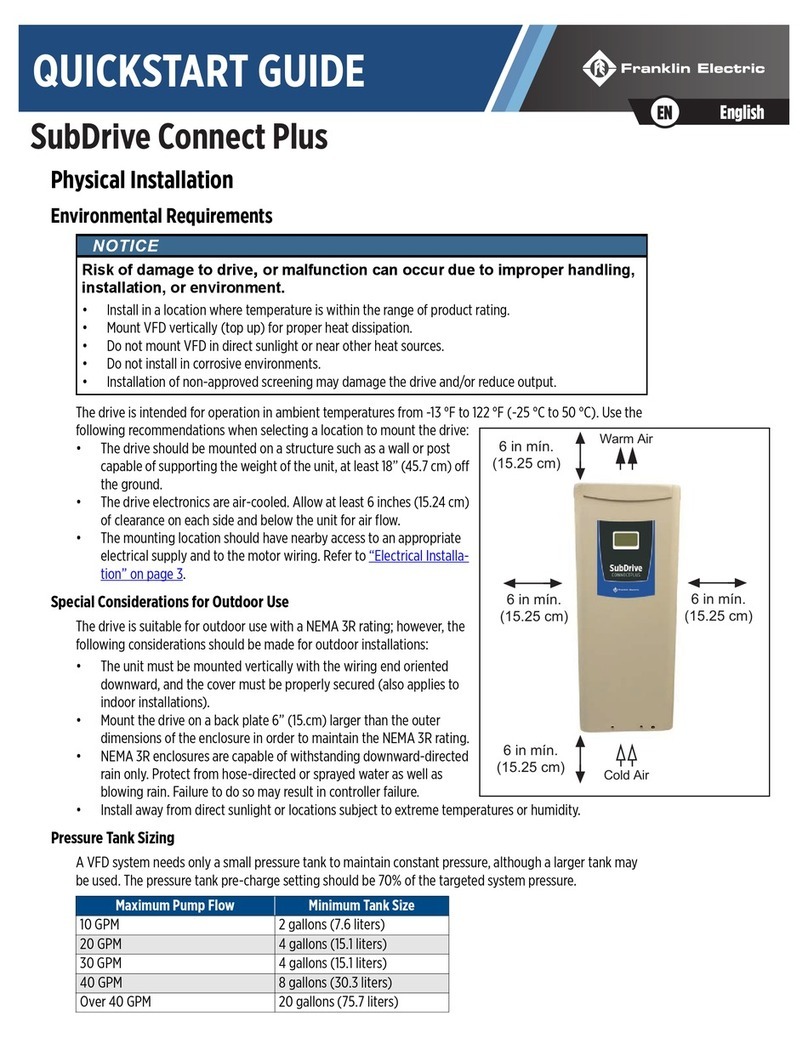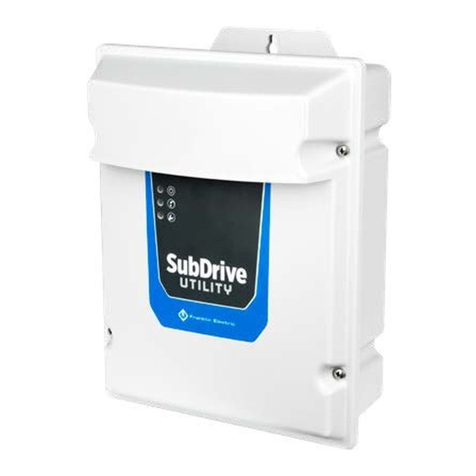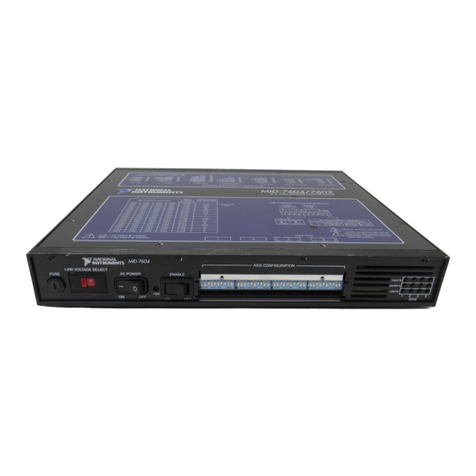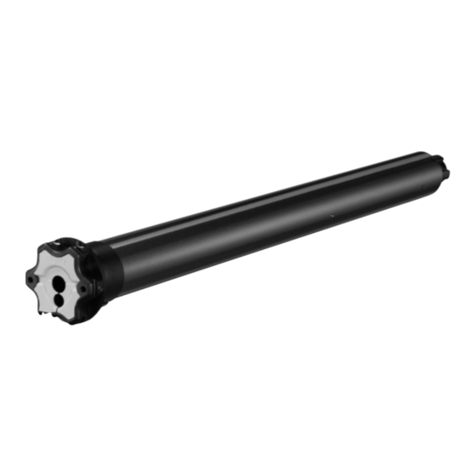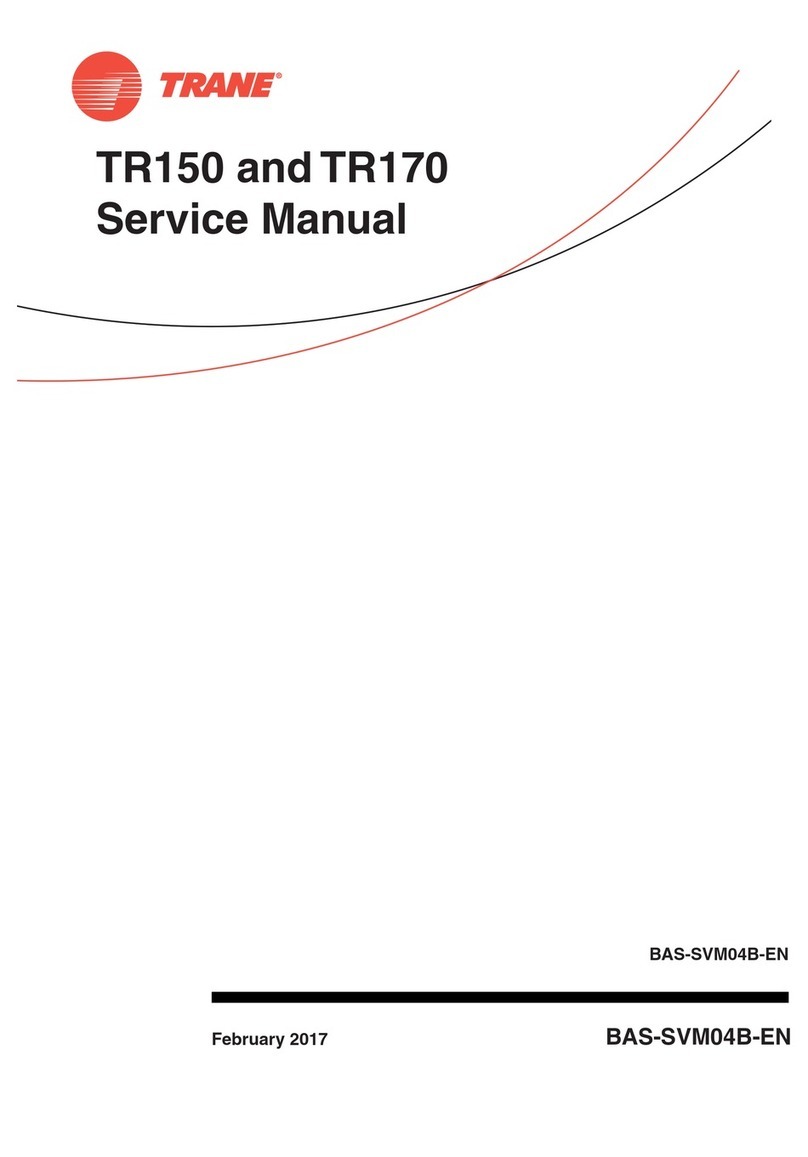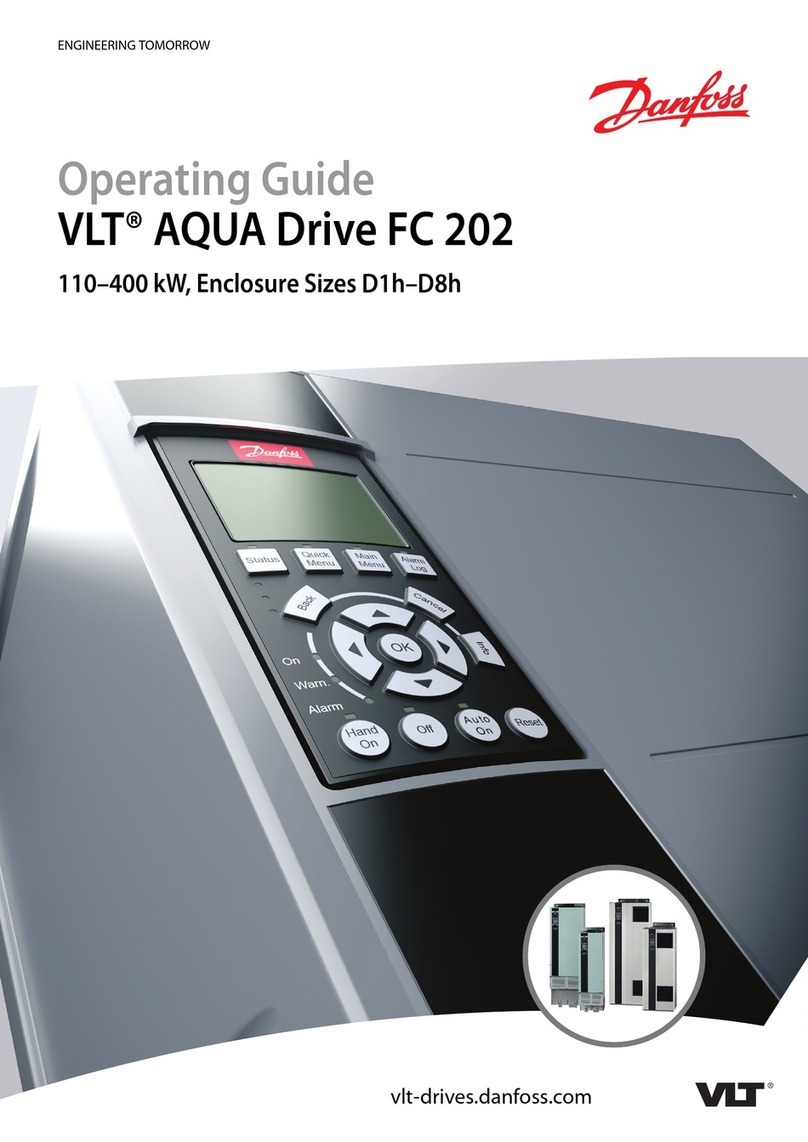
SAFETY INSTRUCTIONS
Hazard Messages
5
SAFETY INSTRUCTIONS
Hazard Messages
This manual includes safety precautions and other import-
ant information in the following formats:
IMPORTANT: Identifies information that controls correct
assembly and operation of the product.
NOTE: Identifies helpful or clarifying information.
This symbol alerts the user to the presence of dan-
gerous voltage inside the product that might cause
harm or electrical shock.
This symbol alerts the user to the presence of hot
surfaces that might cause fire or personal injury.
Before Getting Started
This equipment should be installed and serviced by techni-
cally qualified personnel. Failure to comply with national
and local electrical codes and with Franklin Electric recom-
mendations may result in electrical shock or fire hazard,
unsatisfactory performance, or equipment failure.
Read and follow instructions carefully to avoid injury and
property damage. Do not disassemble or repair unit unless
described in this manual.
Failure to follow installation/operation procedures and all
applicable codes may result in the following hazards:
Indicates an imminently hazardous situation
which, if not avoided, will result in death or
serious injury.
Indicates a potentially hazardous situation
which, if not avoided, could result in death or
serious injury.
Indicates a potentially hazardous situation
which, if not avoided, could result in minor or
moderate personal injury.
Indicates a potentially hazardous situation
which, if not avoided could result in damage to
equipment or other property.
High voltages capable of causing severe
injury or death by electrical shock are
present in this unit.
• To reduce risk of electrical shock, disconnect power
before working on or around the system. More than
one disconnect switch may be required to de-ener-
gize the equipment before servicing.
• Make sure the ground terminal is connected to the
motor, control enclosures, metal plumbing, and other
metal near the motor or cable using wire no smaller
than motor cable wires.
Risk of bodily injury, electric shock, or
equipment damage.
• This equipment must not be used by children or per-
sons with reduced physical, sensory or mental abili-
ties, or lacking in experience and expertise, unless
supervised or instructed. Children may not use the
equipment, nor may they play with the unit or in the
immediate vicinity.
• Equipment can start automatically. Lockout-Tagout
before servicing equipment.
• Operation of this equipment requires detailed instal-
lation and operation instructions provided in this
manual for use with this product.
• Read entire manual before starting installation and
operation.
• End User should receive and retain manual for future
use.
